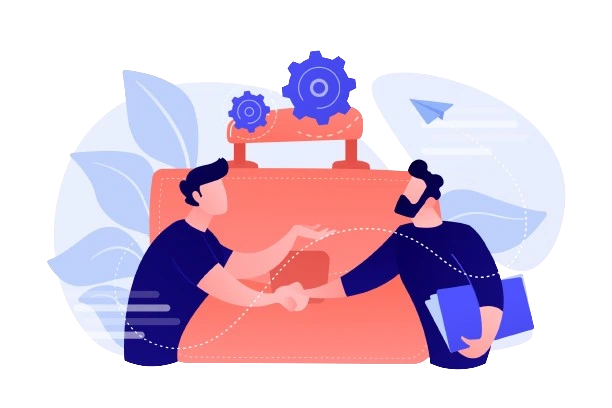In the annals of corporate history, few stories are as instructive as the rise and fall of Blockbuster Inc. Once a titan in the home of entertainment industry, Blockbuster’s journey from dominance to obsolescence offers valuable lessons for today’s businesses.
The Rise of a Giant
Founded in 1985, Blockbuster rapidly became synonymous with movie rentals. Its blue-and-yellow storefronts dotted landscapes across America and beyond, boasting a vast selection of films and video games. The company thrived on a simple yet effective model: providing a wide variety of titles along with the convenience of local stores.
The Peak
By the late 1990s, Blockbuster was at its zenith, with thousands of stores worldwide. It wasn’t just a store; it was a cultural phenomenon. Friday nights for many families meant a trip to Blockbuster, wandering through aisles of movies, and picking out the weekend’s entertainment.
Ignoring the Digital Shift
The early 2000s marked the beginning of a technological revolution in the entertainment industry. The advent of the internet and digital streaming technologies started to change how people consumed media. Netflix, founded in 1997, initially offered a DVD-by-mail service. They approached Blockbuster in 2000 for a potential acquisition, but Blockbuster, comfortable in its brick-and-mortar dominance, failed to see the future of digital streaming and rejected the offer.
The Downfall
This decision symbolized Blockbuster’s inability to adapt to changing market dynamics. As Netflix and other streaming services like Hulu and Amazon Prime Video gained popularity, Blockbuster’s physical rental model became increasingly obsolete. The company attempted to pivot with its own mail-order and streaming services, but these efforts were too little, too late.
The Final Curtain
Blockbuster filed for bankruptcy in 2010, a stark reminder of how quickly industry giants could fall. The company’s decline was not due to a lack of resources but a lack of foresight and adaptability.
Lessons Learned
- Embrace Change: Blockbuster’s story teaches the importance of embracing technological advancements and evolving consumer preferences.
- Innovate Continuously: Innovation is not a one-time effort but a continuous process. Staying ahead of the curve is key.
- Customer-Centricity: Understanding and adapting to customer needs is crucial. Blockbuster clung to late fees, a major customer pain point, while competitors offered more customer-friendly options.
- Strategic Foresight: Being strategically foresighted can help anticipate and prepare for future trends and challenges.
In Conclusion
Blockbuster’s story is a cautionary tale for businesses today. In a rapidly evolving digital world, the key to longevity lies in adaptability, foresight, and customer-centric innovation. As J.K., a prominent business thinker, aptly puts it, “In the age of transformation, those who fail to adapt, fail to thrive.”
#Blockbuster #BusinessLessons #DigitalTransformation #Adaptability #Innovation #CustomerCentricity #JKConsultations















